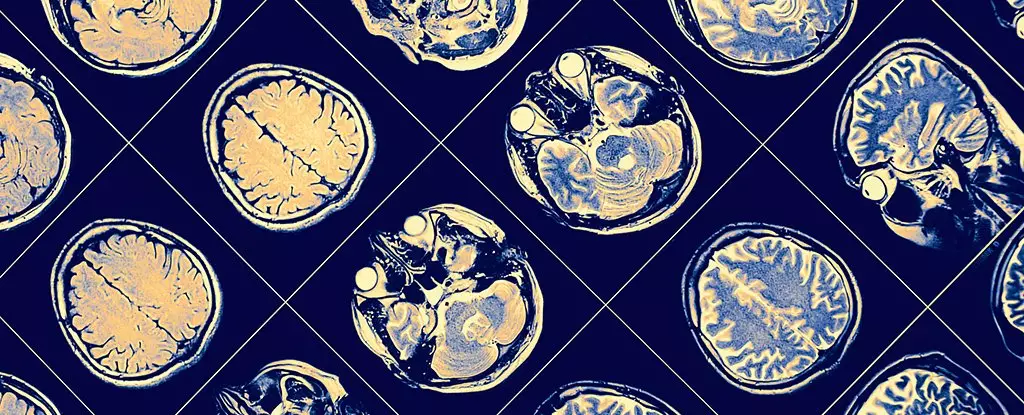In the realm of medical science, few occurrences spark intrigue as much as the unexpected outcomes in genetic disorders. A striking example of this phenomenon has emerged in recent research concerning a patient carrying the PSEN2 mutation, which is strongly linked to early-onset Alzheimer’s disease. In a previously unobserved event, this individual has managed to evade the cognitive decline associated with typical genetic predispositions, a situation unprecedented in the scientific community. This case not only adds to the growing body of knowledge regarding Alzheimer’s disease but also raises important questions about the mechanisms of resilience in the face of genetic inevitability.
The patient, monitored over a decade, serves as an outlier among his family members, many of whom have faced the consequences of the PSEN2 mutation by the age of 50. His family history is alarming: among thirteen siblings, eleven were diagnosed with Alzheimer’s, creating a fatalistic narrative about the genetic inheritance of neurodegenerative diseases. However, this man’s journey diverges sharply from his family’s tragic trajectory, prompting scientists to delve deeper into genetic and environmental factors that could elucidate his deviation from the expected norm.
Understanding Alzheimer’s disease necessitates a close examination of amyloid-beta plaques and tau proteins, both of which are crucial players in the pathogenesis of the ailment. Generally, the accumulation of amyloid plaques in the brain precedes the neurodegeneration driven by the spread of tau. This patient’s brain was notably filled with amyloid deposits, aligning with what researchers would expect from someone carrying the PSEN2 mutation. Yet, contrary to expectations, he exhibited surprising cognitive stability and minimal inflammation – a combination that challenges current understanding of Alzheimer’s pathology.
Interestingly, tau proteins, which typically exhibit widespread distribution in Alzheimer’s patients, were found in much lower concentrations localized in the occipital lobe of this resilient individual. This restriction of tau deposition could be pivotal, suggesting that localized tau pathology might mitigate the progression of more severe cognitive decline. Previous studies have hinted at similar patterns in individuals deemed extremely resilient against Alzheimer’s, indicating a potential link between localized tau accumulation and cognitive preservation.
One critical aspect of this patient’s resilience lies in the genetic variants unique to him compared to his PSEN2-affected family members. While other research has previously documented protective mutations in resilient individuals, this case does not fit that mold; the patient’s genetic makeup includes nine variants, six of which had not been connected to Alzheimer’s before. These variants may play crucial roles in modulating brain inflammation and influencing protein folding, thus suggesting a complex interaction between genetics and environmental factors.
The patient’s profession as a mechanic in a diesel-engined navy ship exposed him to significant heat stress, potentially igniting pathways associated with cellular resilience. The theory posits that chronic stressors can activate the heat shock response, which is vital for maintaining protein integrity within cells. This activation may bolster the resilience of neural pathways against the degenerative processes typically seen in Alzheimer’s.
While the implications of this case are profound, it serves as a reminder of how much remains unknown about Alzheimer’s disease. The singularity of this patient’s experience underscores the necessity for larger studies to ascertain which factors contribute to protecting others with similar genetic predispositions. Researchers highlight the importance of pursuing pathways of resilience rather than solely focusing on mechanisms of degeneration.
As scientists work to unravel the complexities of dementia, this case illuminates a beacon of hope, suggesting that understanding resilience could unlock new avenues for prevention and treatment. By identifying underlying genetic variants, protein interactions, and environmental influences, there lies potential in developing strategies to enhance neural resilience in genetically predisposed individuals and others suffering from neurodegenerative diseases.
This remarkable individual offers intriguing insights into a perplexing medical mystery. His case stands not just as an isolated anomaly but as an impetus for further research, reaffirming the notion that the study of genetic conditions must always leave room for the unpredictable elements of human biology and resilience.


Leave a Reply